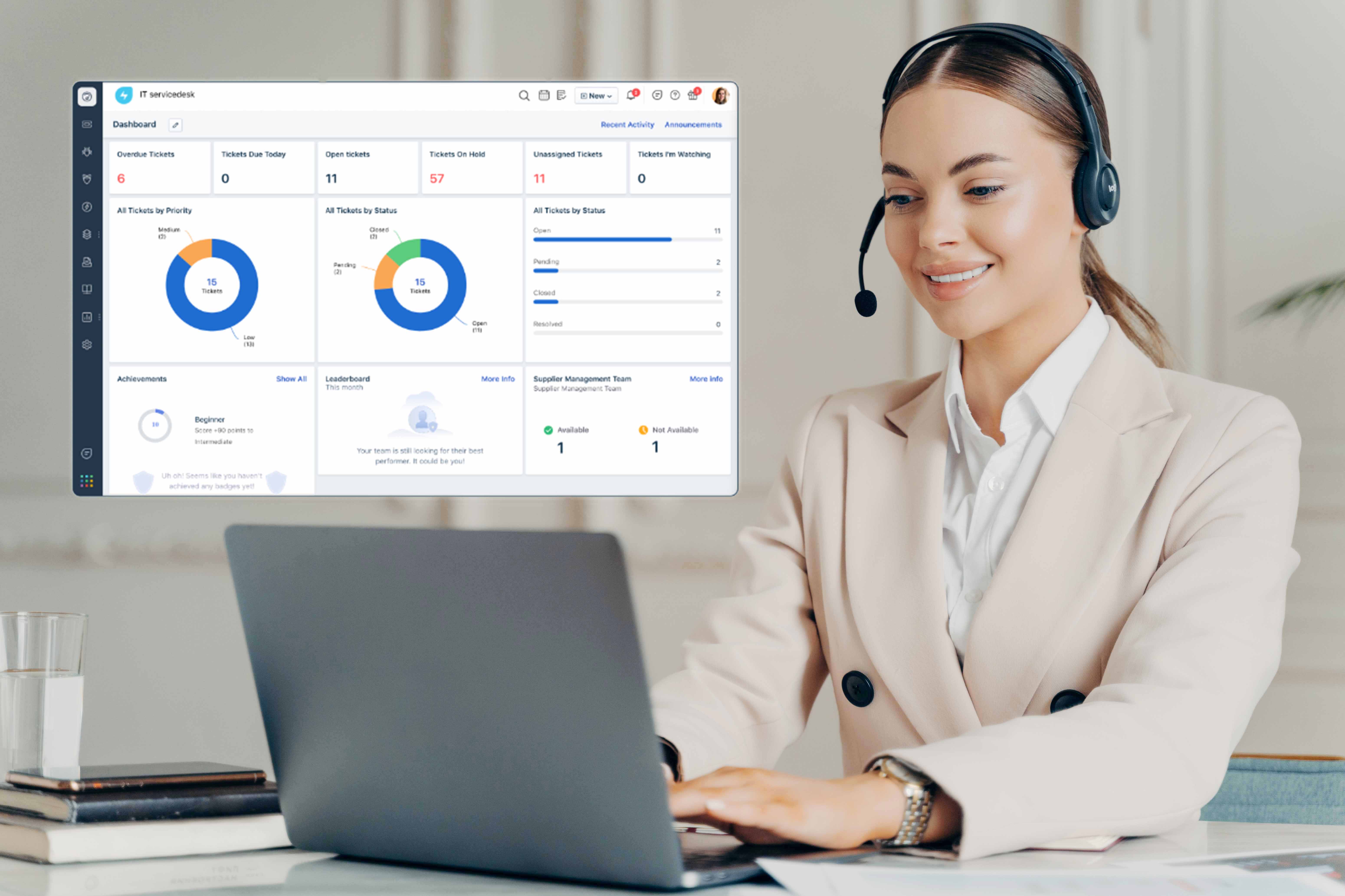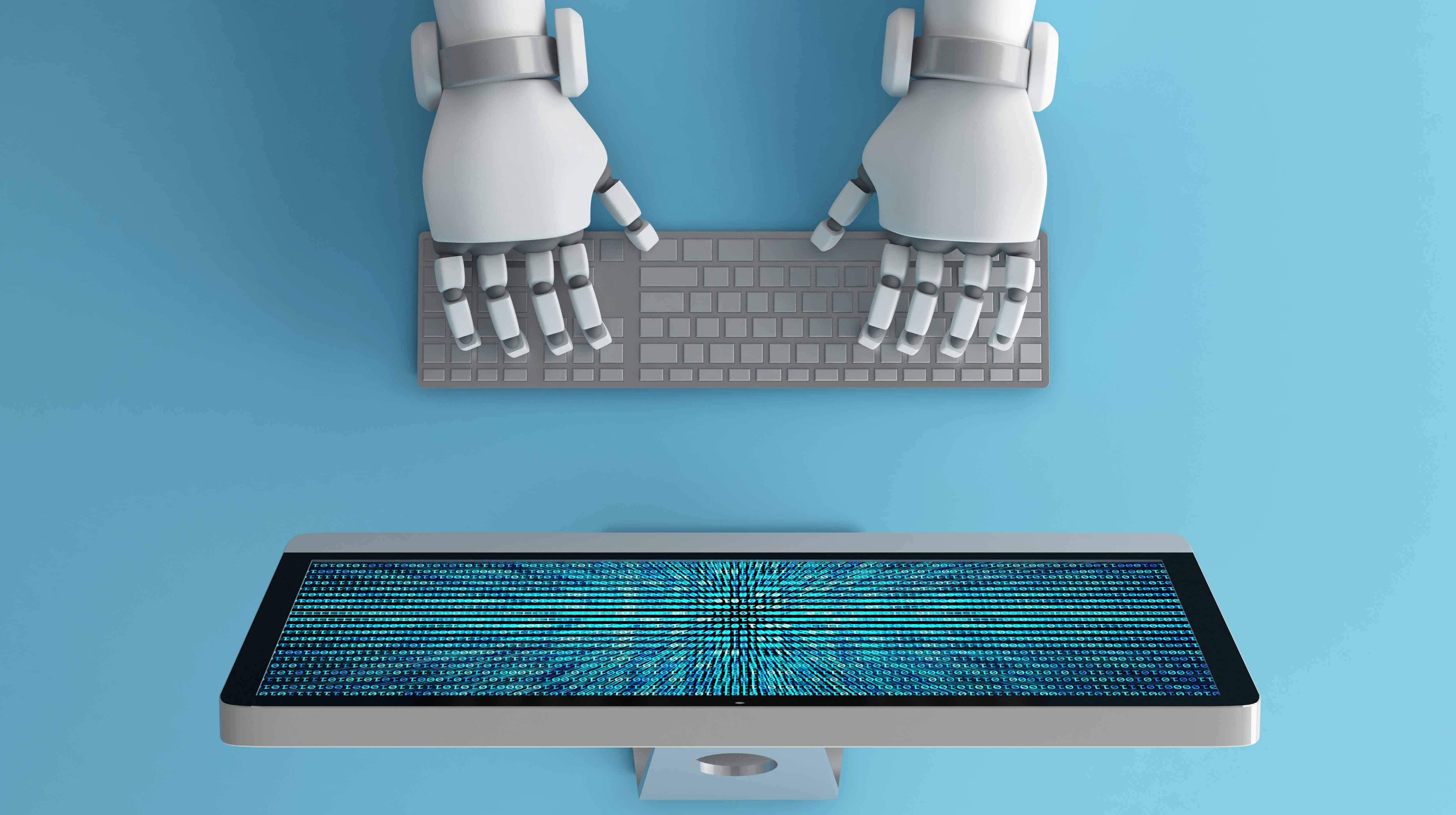The global pandemic radically changed expectations about how and where to work. As a result, the definition of “workplace” now goes beyond the physical space. Digital spaces are a reality. And, in this new hybrid or remote mode, we need to reimagine the digital employee experience.
Why? Because the new digital workspaces present their own challenges. For example, according to the Freshworks State of Workplace Technology report, 91% of employees feel frustrated due to inadequate technology. And this dissatisfaction can decrease the retention of human talent.
This scenario is driving organizational and IT leaders to look for new ways to improve the digital experience in the workplace. The goal is to offer employees consistent and seamless digital spaces.
For this reason, in this article, we’ll take an in-depth look at the digital experience and those “new ways” and tools that will help you optimize it. Read on!
Benefits of optimizing the digital employee experience
The importance of the employee’s digital experience continues to grow as companies join the digital transformation: adopting new and better technologies.

In adopting these new technologies, the employee must be kept in mind because they will be the ones using them on a daily basis. They must be easy to use and help them perform their tasks more effectively, without hiccups. If this is the case, the benefits are clear:
Improved internal communication and collaboration
Whether in a physical or virtual office, new information technologies make it possible to streamline team collaboration. They provide spaces in which you can easily share files, have conversations, follow up on incoming tasks and requests, etc.
Provides transparency
One of the most valuable features of technology tools in the workplace is the ability to centralize information and operations. This way, all teams will have visibility into what is being developed.
Increases productivity
A good digital experience in the workplace means eliminating setbacks derived from poor technical support and outdated software. It also reduces downtime and saves employee time by automating manual tasks.
How to improve the digital experience in the workplace?
Companies should focus part of their efforts on proactively identifying issues that affect the employee’s digital experience.
To do this, they must rely on the IT department, who in turn also needs better technology to be able to provide full support.
Let’s take a look at some must-have tools and functionalities to improve the digital employee experience:
1. Implement an IT service desk
The first step is to make sure your IT team has the technology in place to offer support to employees with any technical issues they may have.
This will go a long way toward reducing frustration and ensuring that employees can work without interruption.

IT service desks are the solution to this problem because they offer:
Incident management:
Also known as ticket management, this help desk functionality allows end users to contact the help desk through various channels, such as email, mobile app, phone, chatbots, etc.
The service desks unify the requests in a single platform to be better processed. In this way, you improve the employee’s digital experience, as they won’t have to wait hours for technical help.
Knowledge management:
Internal knowledge management is one of the most overrated. However, it has the greatest impact on an organization’s performance. In IT, it allows you to share solutions to incidents and problems that can be used by both technicians and employees. This allows incoming ticket reduction, leaving the IT team to focus on the most critical issues.
Service Catalog:
With a service desk, you can better manage not only incidents but also service requests.
Set up a service catalog that gives your employees an experience similar to a shopping application. Do your employees need to request maintenance or access to an application? With a catalog, they can do it with just a few clicks.
These are just a few of the functionalities offered by an IT help desk to enhance the digital employee experience.
2. Provides unified service delivery
It is important for a company to provide unified experiences to its employees. To do this, you need to invest in tools that are as complete as possible and offer you multiple functionalities.
You need platforms that allow you to provide a better digital experience to the employee, no matter what area they are from:
- Gain control of the work and visibility of each department individually without compromising security and autonomy.
- Create standardized service catalogs to streamline the service request process.
- Create a single repository for all policy and process-related documents to provide greater uniformity across all teams.
- Streamline employee onboarding processes.
3. AI-driven service management
Artificial intelligence (AI) is crucial because it can efficiently streamline multiple areas of IT service management.

Some of the most common forms of AI in tools are:
Chatbots:
Chatbots can be configured to solve specific problems that are well-known and documented.
A very common example is employee problems with printers. In those cases, you can set up a chatbot in your self-service portal that helps employees solve their problems.
AI predictions:
AI can help you predict projects and tasks that will be delayed or completed ahead of schedule. It helps you accurately plan your teams’ projects to maximize efficiency.
Field suggestions:
Sort incoming tickets faster and assign them to the right teams with field suggestions. This allows you to be more accurate with data and improve routing and reporting.
4. Eliminate repetitive tasks with automation
Setting up automated workflows is one of the best ways to improve the digital employee experience.
Automating tasks allows your team to save time on those manual and repetitive tasks they must continually do.
In fact, according to a Seliom study, manual execution of processes can waste up to 40% of each employee’s time per day.
This situation increases the rate of work overload and decreases the productivity of your employees.
For example, the IT team with task automation can save time and get rid of their frequent password resets or application access requests.
Conclusion
So, to improve the digital employee experience in your company, you need to start by improving your IT department.
With the right tool, you can empower your IT infrastructure and offer better services and support. This way, employees across your organization will have upgrade software and devices, and you will reduce downtime.
For this, we recommend adopting a service desk such as Freshservice. This ITSM software goes beyond IT: it also allows you to integrate your HR, Legal, Facilities, Finance, and other teams into a single service management platform.
Give your employees what they need, when they need it, with Freshservice.
Would you be interested in knowing in detail how it can help you make your employees happy while saving you time and money? Then contact us and receive a free consultation.



